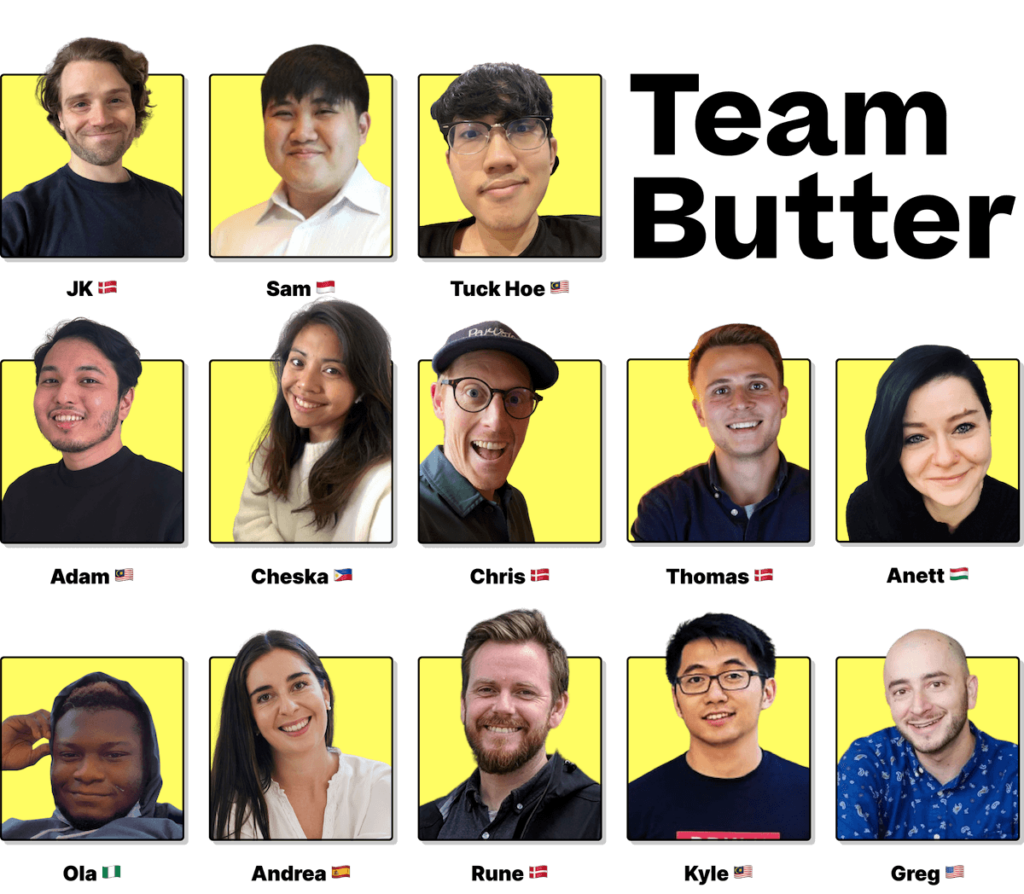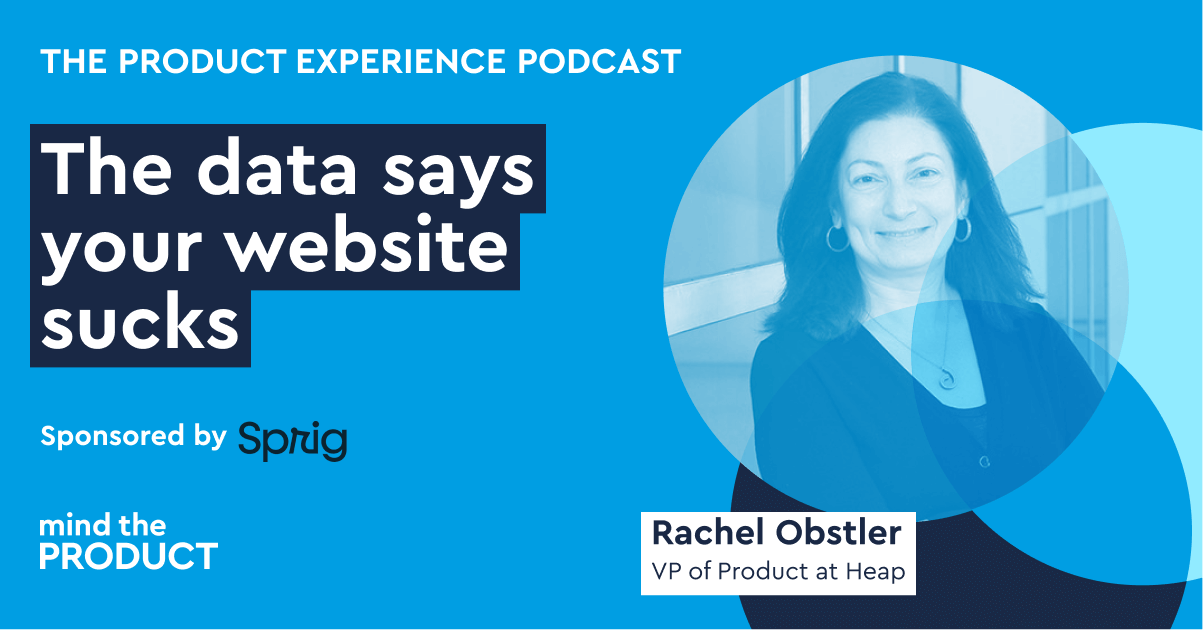This is an interview I conducted with Jakob Knutzen, the co-founder of Butter, a company offering both workshop-focused video conferencing (Butter Video) and its newest offering, a collaborative canvas tool (Butter Scenes).
Jakob shares with me the company's origin story, its product-led growth strategy emphasizing organic user acquisition, and the surprising ways users have adopted their tools beyond the initial intended use cases. He also touches upon their approach to incorporating AI, emphasizing a human-in-the-loop philosophy, and their globally distributed team.
I'm the co-founder together with two others - Chris who is CPO and has a design background and then Adam who's our CTO. You know, we are the classic trio. I'm the hustler. Chris is the hipster, and Adam is very much the hacker.
We began pre-COVID as a different startup, a content discovery platform, which didn't work. But we didn't get the problem right, so we shut it down in early 2020. But we built it as a fully remote company back then. Adam was based in Indonesia and Chris and I were here in Denmark, we knew there was something special about this whole aspect of ‘building remote companies’. This was right before Covid hit. So, our new BHAG became, ‘what can we do within remote work?’ Is there something that's interesting there? That was where the ‘aha’ came for Butter.

Oh dude, it was early days. One of us, and I forget whom, said that we were making things smooth as butter. It stuck.
At the start of Covid, we were all trying to integrate a bunch of tools and we needed a better way to collaborate. At that time, everyone was discussing this whole verticalization of Zoom, having vertical tools that were very focused on particular use cases. That was where we thought, ‘Let's build a Zoom for workshops, which was how we initially framed the first iteration of Butter—Zoom for Workshops.
Our original product, Butter Video, which we still sell, is essentially a video conferencing platform tailor-made for workshops. It allows you to plan, host, facilitate, and run and recap sessions.
Our newest product, Butter Scenes, which we launched in November of last year, can best be described as a mix between a canvas like Miro and an engagement tool like Mentimeter.
The reason we unbundled the video conferencing part, and focused just on interactive scenes is that we were hitting a lot of sales snags with companies having particular mandated enterprise video conferencing solutions which they're very locked into, especially from a security perspective. We had Butter facilitators saying, "Hey, look, we love Butter, but we just can't use it with our clients anymore because they require us to use Teams."
That was when we decided to reimagine the solution, completely strip away the video conferencing component, and figure out how to help people create great workshops in this new environment of enterprise-mandated hosting.
People have started using it for many different things, including things we didn't foresee. We built it very much focused on facilitating workshops, but what we've seen people do is often take entire presentations that they've done before, upload them into scenes, and then interspace them with exercises, activities, etc., to get people engaged and allow them to engage with their materials.
Beyond workshops, we’re seeing it used for company town halls, teaching presentations, webinars, and other types of presentations that we didn't initially target.
It's been so core to everything we've built from day one. It's true for both of our products, they needed to be built this way, because you can't reverse engineer product growth, or slap it on afterwards when it’s not built like this from the ground up.
For both Butter Video and Butter Scenes, we've designed for this type of user interaction—maybe call it a casual contact loop or whatever—where as soon as they jump into a Butter session—be that a video conferencing session or a Butter scene session—they begin interacting with the product and getting curious about this and that, and that’s when they start signing up.
Stickiness and network effects are always more difficult than they look. That being said, the big thing is the more you get people to create within scenes, the more people will create exactly the same thing again. And that's, for instance, is why Templates are one of the areas where we're focusing - templates they can share with others, so other users pick up those templates and start working with them. That's one area where we've seen early network effects. And, of course, there is the simple sticky pattern of having someone within a company use Scenes and, from there start onboarding the rest of their team into their workspace.
With Butter Video, we were super surprised when we suddenly saw a spike of adoption with the Taiwanese government’s Ministry of Education. We saw one official tweeting about Butter and suddenly we saw a bunch of Taiwanese Universities using Butter Video for all their lectures. It was very random and surprising to us..
With Scenes, we haven't really seen those crazy things yet. However, I was surprised at how many people use scenes for community meetups, such as ProductTanks. The amount of community meetups and fun stuff that's being made there is amazing and it's so great to see the joy that's popping out from that.
Everyone aims for that, so when we reach a certain scale, yes we will. The question is, at which stage of the company do we do that? If we do it too early we'll end up spending too much slapping on features that might not be relevant to our current audience. If we do it too late, we might end up missing out on big chunks of money. So my answer is yes. I'm sure we'll do it. The question is when, and I'm not sure.
Being a founder is not something I would wish upon my worst enemy. If you can at least have fun, that’s the very least you should be doing. Just make sure you do it with people that you care about and love.








